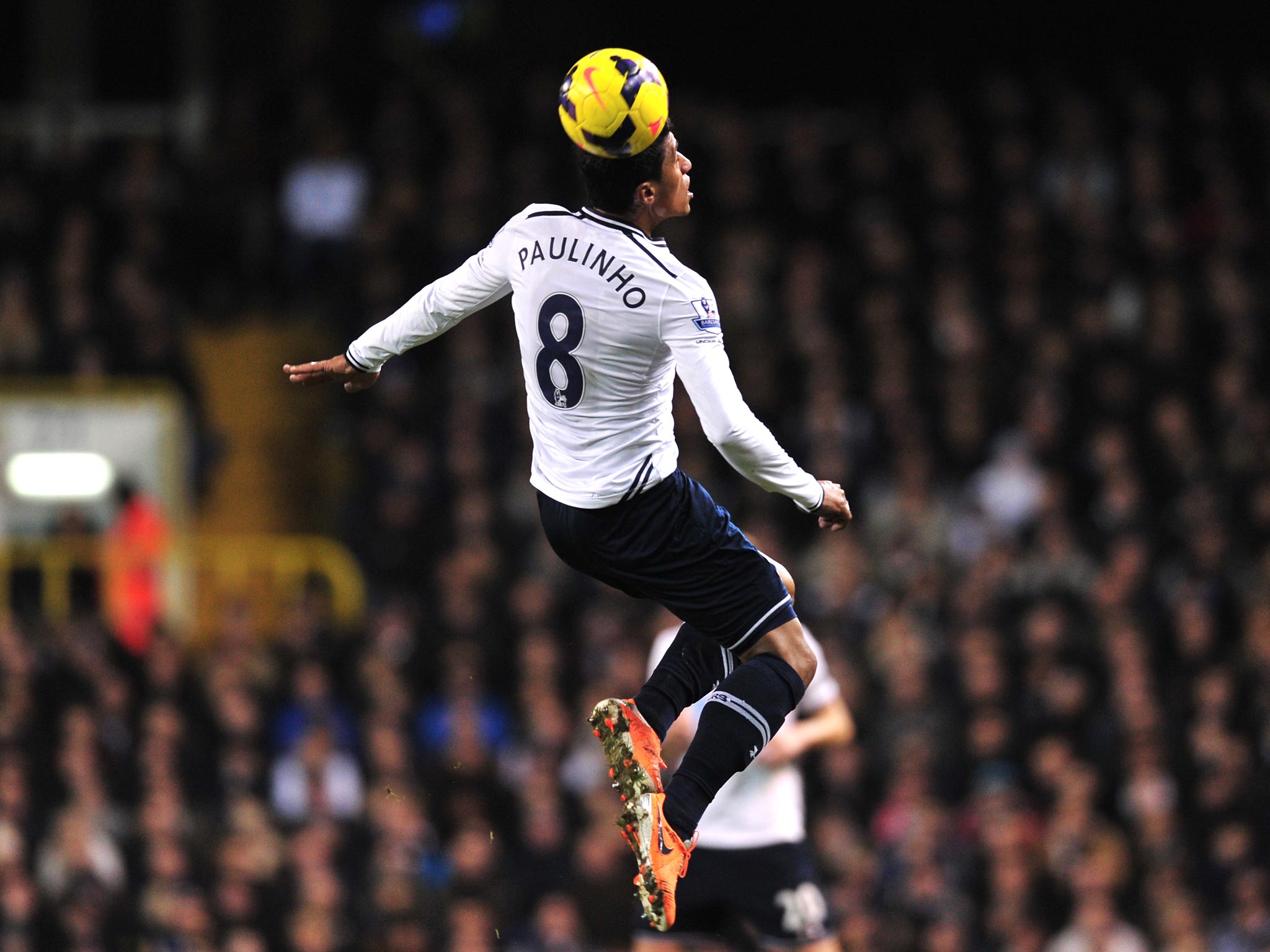Death of footballer at age of 29 linked to effects of heading the ball
Patrick Grange from Albuquerque, who played at semi-professional level, died from motor neuron disease

New fears have been expressed about the danger of head injury to footballers after a leading research centre in the United States discovered its first case of a death possibly associated with the sport.
Patrick Grange from Albuquerque, who played at semi-professional level and had hoped to join a Major League Soccer club, died at the age of 29 from motor neuron disease, which normally affects much older people. Dr Ann McKee, the neuropathologist who examined his brain, said the damage was to the part of the head used in heading the ball.
She declined to define that as the strict cause of death, but identified it as a case of chronic traumatic encephalopathy (CTE), which has been found in the brains of many former NFL players and boxers, adding: "We can't say for certain that heading the ball caused his condition in this case, but it is noteworthy that he was a frequent header of the ball."
Grange's parents, who recalled their son undertaking special heading practice from the age of three, said he had later been knocked unconscious and also needed 17 stitches in his head after collisions in different matches. In a film called Head Games released in the United States next month, Christopher Nowinski of the Boston University Centre for the study of CTE says: "You scan a soccer player's brain and it no longer looks like the average person's."
Cases in Britain have centred on players from older generations heading old leather footballs, although Alan Birkbeck, a senior engineer at Glasgow's Mechanical and Engineering Department, has claimed: "The modern ball is not really safer."
In 1998, the former Clyde and Celtic player Billy McPhail lost a case for disablement benefit after claiming he had developed the first stages of dementia from heading heavy balls in the 1940s and 1950s. An inquest into the death of the former West Bromwich Albion and England striker Jeff Astle in 2002 brought a verdict of "death by industrial disease", concluding that his degenerative brain disease was "entirely consistent" with repeated heading.
Join our commenting forum
Join thought-provoking conversations, follow other Independent readers and see their replies
Comments